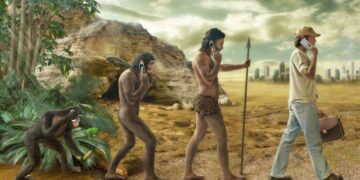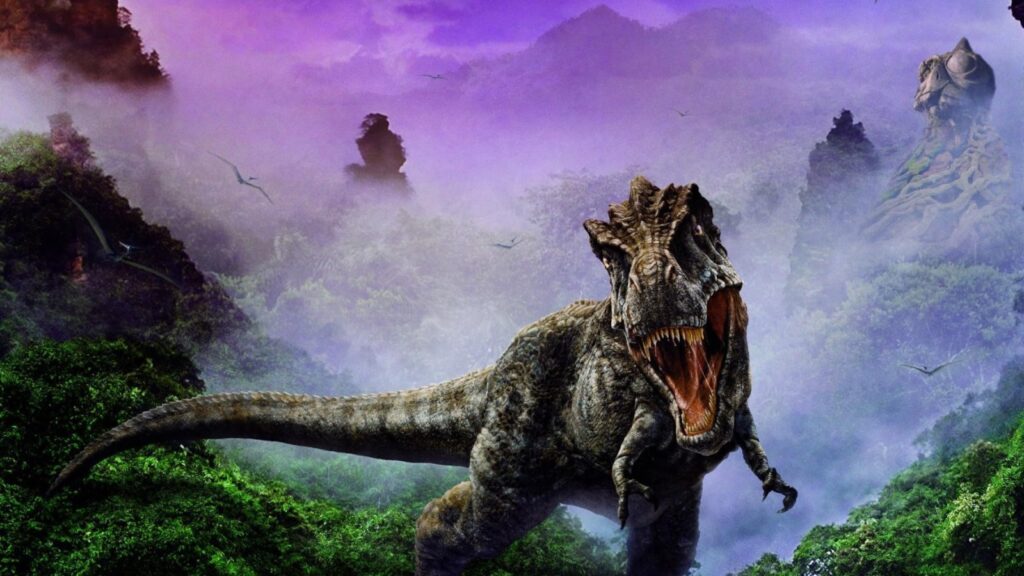Principles of the theory of evolution discovered by Charles Darwin are clear. The living species change over time, when the natural selection acts on populations, made up of individuals all different. The implications of this and other theories have yet to be understood by society. This is why we have approached evolution in reverse, starting from what it is not (but what everyone thinks it is).
The term evolution means a change over time. For instance, laptops have evolved over the last ten years. However, when biologists talk about evolution, they refer to the history of life. In particular, biological evolution means the development of the various species from ancestral species. The long process of evolutionary development depends on changes in DNA, mutations, which fundamentally change the biology of the organism.
When such changes are favorable to survival, they are retained. If a small population of a few individuals undergoes a significant number of changes – and is geographically isolated from other populations – a new species may emerge.
Indeed, biologists have managed to study and describe many examples of evolutionary change as it occurs. For instance, Mr. and Mrs. Grant, English evolutionary biologists, investigated a small population of a bird residing on an island in the Galàpagos Islands, and they realized that, over the decades, this population has changed.
And another well-known example is the development of antibiotic resistance in bacteria, which happens constantly and all over the world. Humans, too, despite the claims of some biologists, have never stopped evolving. Therefore, evolution is not limited to past beings such as dinosaurs.


















































Discussion about this post